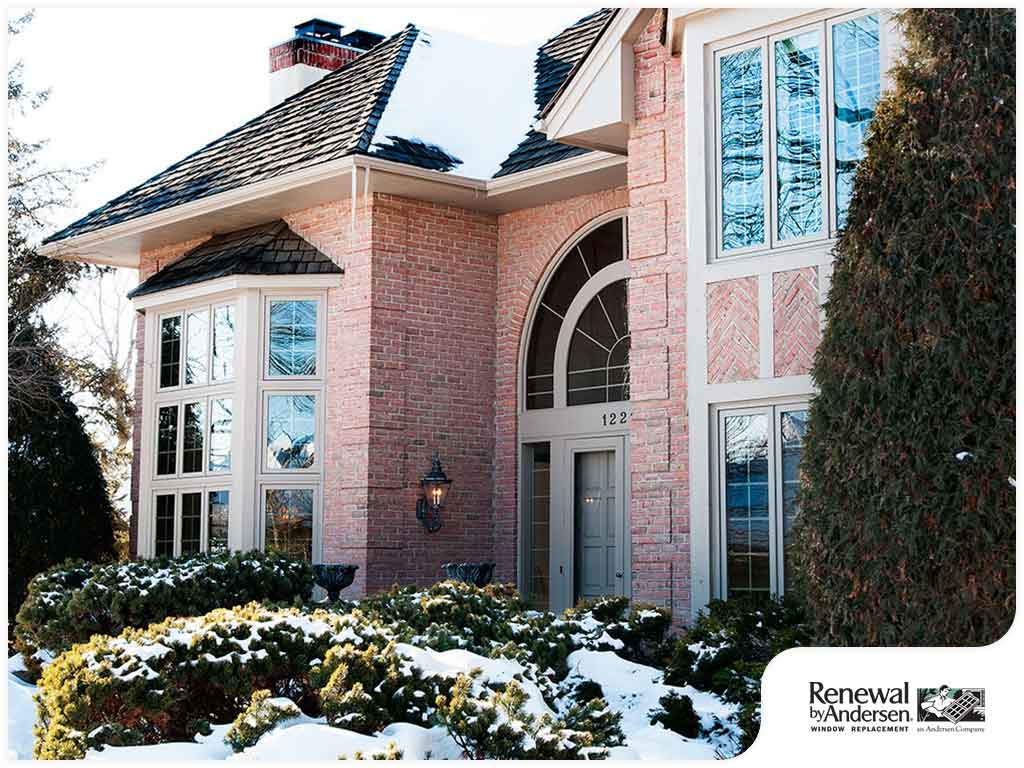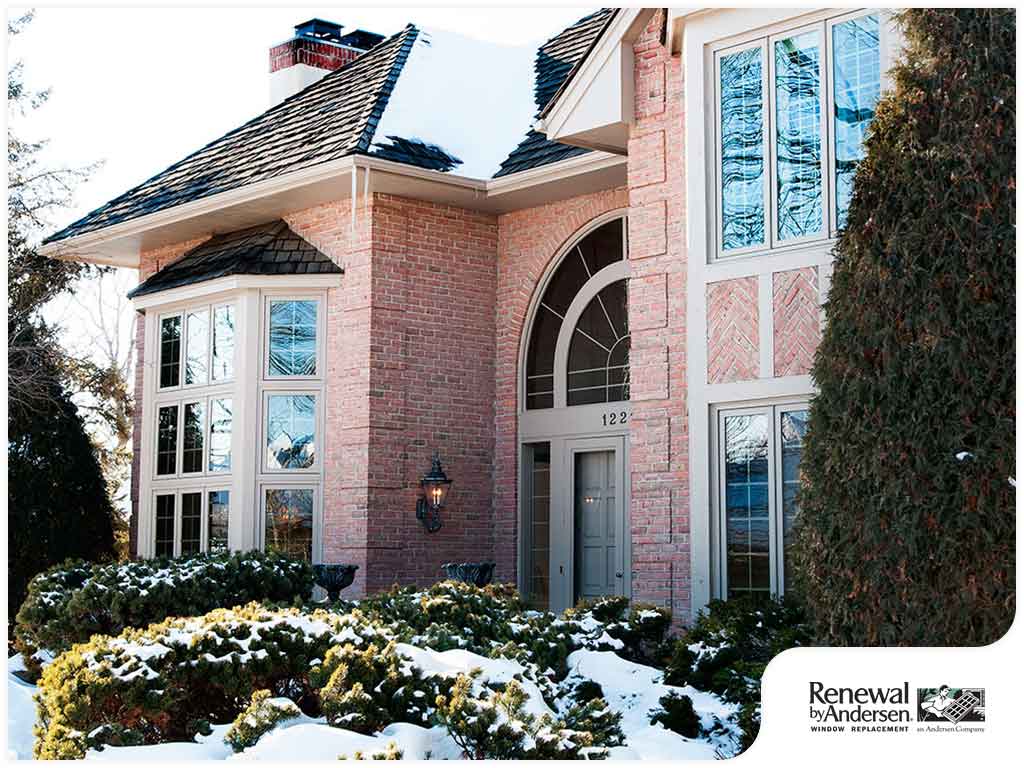

Condensation happens when water vapor turns into liquid as it comes into contact with a solid surface. Dew forming on the grass, eyeglasses fogging when you enter a warm building on a cold day, and water droplets forming on the outside of a glass of water during a hot day—these are all examples of this natural occurrence.

Condensation can also develop on windows, especially during the winter season. While not uncommon, condensation on your windows or patio doors can sometimes be a cause for concern. Read on as Renewal by Andersen® of Cincinnati sheds light on the matter.
About Winter Window Condensation
During the colder months, warm, moist indoor air meets the colder surface of windows glass, causing condensation to develop. During winter, the fogging you see on the glass will usually appear on the interior side of the glass. Also, moisture inside the homes can come from different places. Breathing creates moisture, and so does doing chores like laundry, cleaning, cooking and bathing.
A Cause for Concern?
Moisture buildup in the home can be a problem. High levels of indoor humidity can lead to condensation forming at the edges of the glass. This can cause the wood to rot, the paint to peel, and fungi to grow and multiply. If the damage is bad enough, you’ll need to contact a window contractor for repairs or replacement.
Also, frequent fogging on your windows means that condensation forming inside the wall is also likely. This happens when warm, moist air finds its way into a small opening on a wall at a point where a pocket of poor insulation creates a cold surface.
Condensation is not only limited to windows. You need to check if your sliding or French patio doors also have this problem. Depending on the humidity levels inside your home, condensation can form on the inside edges of an insulated glass on a cold winter night.
Ways to Combat Winter Window Condensation
There are many ways to prevent window condensation this winter. One easy fix is opening the windows for a short while. Ventilating the home this way helps lower the moisture levels inside your home. Also, consider installing exhaust fans in areas of your home that experience moisture, including your laundry room and bathroom.
Installing Energy-Efficient Windows
The single best way to prevent condensation on your windows, however, is to get rid of your old units and install energy-efficient replacement windows. If your current windows are single-pane and are already showing signs of age, replacing them with double-pane windows will typically solve the problem. High-quality, double-pane windows have the necessary components to prevent condensation despite differences in indoor and outdoor temperatures.
Energy-efficient windows and doors feature low-emissivity (low-E) glass, which contains special coatings to help keep indoor heat inside during the winter. The space between the two glass panes on a double-pane window is filled with an inert gas like argon or krypton, which improves the window’s insulation.
Winter Window Replacement
Many homeowners mistakenly believe that window replacement cannot be done during the winter. This is not the case. While winter weather can sometimes create a challenge, an experienced window replacement company will know how to complete the job safely and properly any time of year.
Replacing your old, sweaty windows during the winter can yield many advantages, from discounted pricing for your new windows to a more energy-efficient home and lower energy bills throughout the season.
At Renewal by Andersen of Cincinnati, we can replace windows any time of the year, including winter. Insulation and energy efficiency are our top priorities when tackling this project. Fortunately, these two variables are present in our window units. Made of Fibrex®, our sash and frames boast excellent insulation to ensure indoor comfort. Our energy-efficient glass options can help you lower utility costs regardless of the season.
Talk to us today to learn more about our replacement windows, as well as our French and sliding patio doors. Call (866) 609-5033 or fill out our contact form to request a free in-home consultation. Our service areas include Cincinnati, OH, and the surrounding areas.